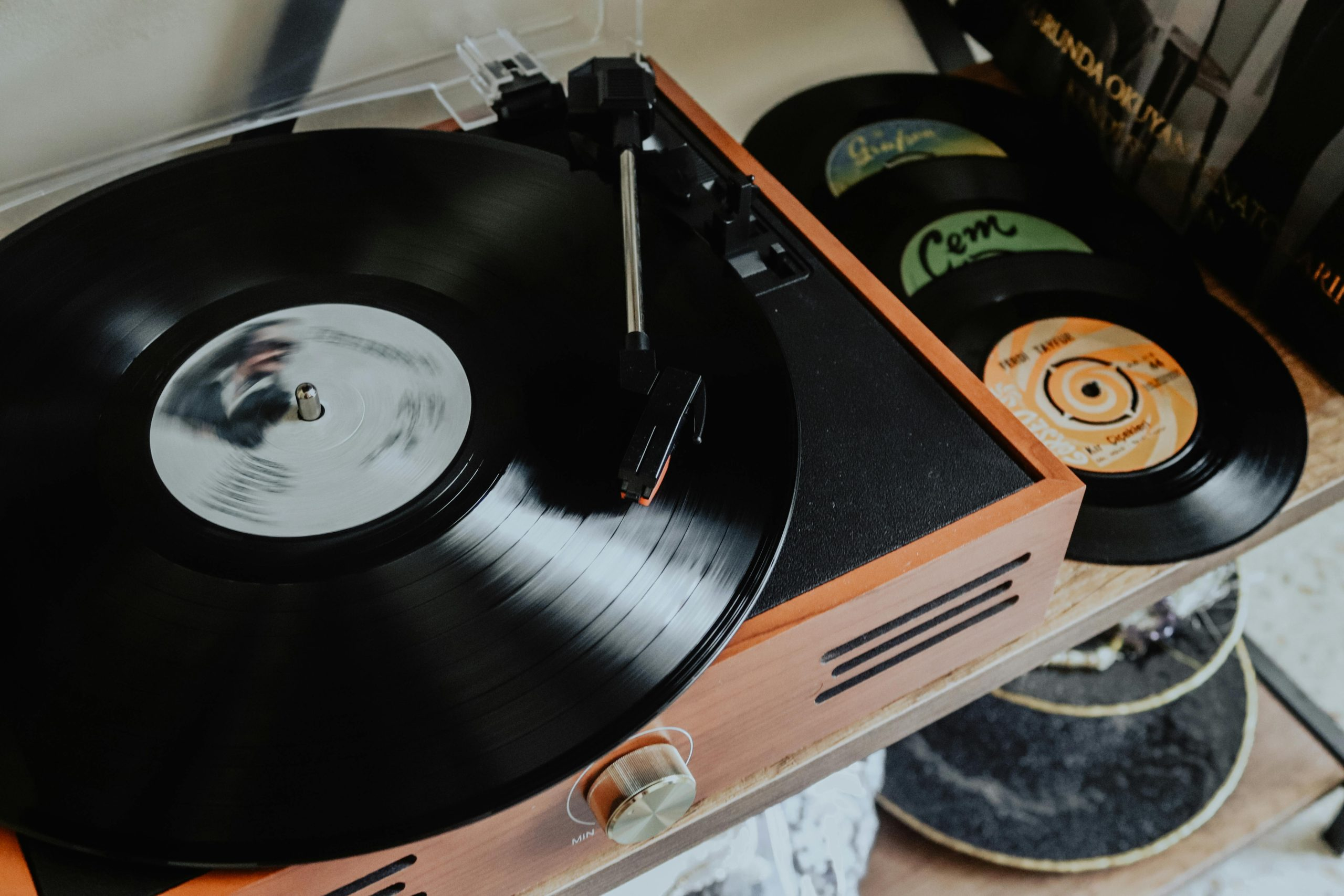Understanding the Complexities of High-Fidelity Audio Equipment
In today’s fast-paced world, the importance of quality audio equipment cannot be overstated. With the rise of digital music and streaming services, the demand for high-fidelity audio equipment has reached an all-time high. But what exactly does “high-fidelity” mean, and what makes this type of equipment so complex? In this article, we will delve into the intricacies of high-fidelity audio equipment and help you understand why it’s worth investing in.
What is High-Fidelity Audio Equipment?
High-fidelity, or hi-fi for short, refers to equipment that can accurately reproduce sound with minimal distortion. This means that the sound coming from the equipment is true to the original recording, capturing all the nuances and details of the music. Hi-fi equipment relies on advanced technology and high-quality components to achieve this level of audio quality.
The Complexities of High-Fidelity Equipment
1. Audio Components
One of the main reasons for the complexity of hi-fi audio equipment is the number of components that work together to produce the sound. From amplifiers, preamplifiers, and speakers to digital-to-analog converters and cables, each component plays a crucial role in the overall performance of the system. Each of these components must be carefully selected and optimized to produce the best sound quality.
2. Signal Processing
The signal processing within hi-fi equipment is another important aspect that contributes to its complexity. The sound signal from the source goes through several stages of processing, including amplification, equalization, and filtering, before it reaches the speakers. Any distortion at these stages can significantly affect the sound quality, making signal processing a critical factor in hi-fi systems.
3. Acoustic Factors
Acoustics play a significant role in how we experience sound. High-fidelity equipment takes into account the impact of the room, speaker placement, and other acoustic factors to optimize the sound quality. This often involves soundproofing the room, choosing high-quality speakers, and adjusting the placement of speakers for optimal audio performance. These acoustic considerations are crucial for achieving the best possible sound from hi-fi systems.
Why Invest in High-Fidelity Audio Equipment?
While hi-fi audio equipment may come with a higher price tag, the investment is well worth it for true audio enthusiasts. Here are some reasons why:
1. Exceptional Sound Quality
High-fidelity equipment is designed to produce accurate, detailed, and immersive sound. By investing in hi-fi audio equipment, you can experience your favorite music in a way that the artists intended, with all the subtleties and nuances of the original recording.
2. Durability and Longevity
Unlike lower-quality audio equipment, hi-fi systems are built to last. The high-quality components and engineering mean that these systems can withstand frequent use, making them a long-term investment for music lovers.
3. Personalization
High-fidelity equipment offers a level of customization and personalization that other audio equipment cannot match. With the ability to choose different components and tweak the settings to your liking, you can create a sound system that suits your unique preferences.
4. Future-Proofing
With technology constantly advancing, investing in high-fidelity equipment ensures that you have a system that can keep up with the latest audio formats and technologies. This future-proofing can save you from having to upgrade your equipment frequently.
In Conclusion
Understanding the complexities of high-fidelity audio equipment is essential for anyone considering investing in this type of system. From the various audio components and signal processing to the impact of acoustics, hi-fi equipment requires careful consideration and optimization to achieve the best sound quality. The investment in hi-fi equipment is undoubtedly worth it for those who value exceptional sound and a personalized audio experience.










